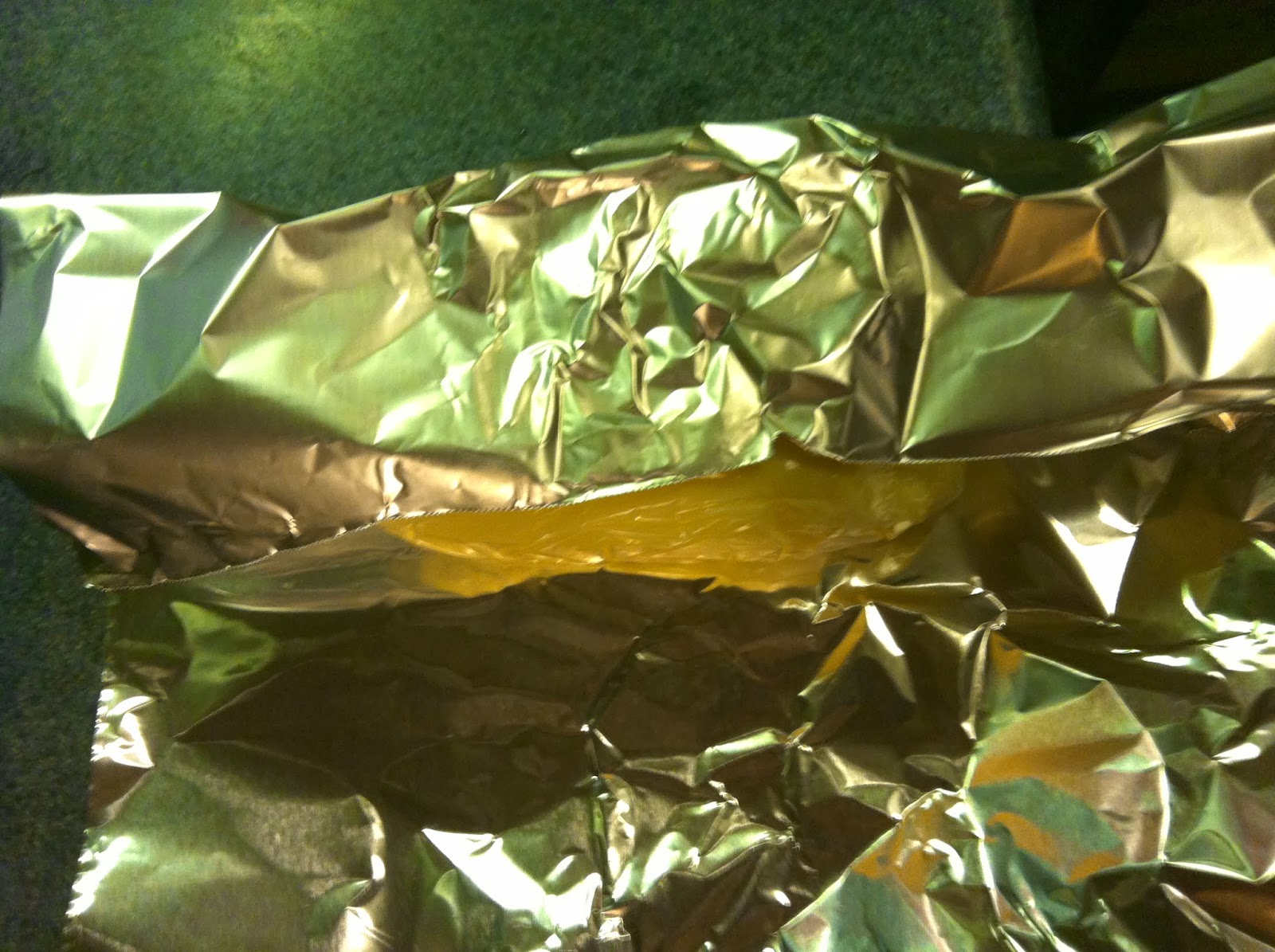That Definition is good but it sounds expensive so my translation is... Growing food in pipes with fertilized water. That sounds a little more do-able to the self reliant farmer! The system that I am going to show you is a blend of two other system types. I am using an Aeroponics type plant support and drain with the top feeding system similar to a Dutch bucket. There are many videos online that show similar systems.
This is my beginning parts pile, I know it looks like a lot but when I was shopping for all this I kept the budget in mind. All these parts I got at Lowes. My local Home depot has the plumbing parts but not the irrigation stuff.
The Pipe I used is 4" plastic drain pipe it is much less expensive than 4" schedule 40 pvc pipe. For this little project I need 2 pieces of pipe 36" long, lucky for me I have some of this stuff laying around so I did not have to buy it!
The pipe on the left of these two pictures is what we are going to make. It is really simple with a few tools.
I measured my pipe and marked the center, 18" then I measured from the center 5" to the left and 15" to the left. Then repeated the measurements to the right of center. You should have 4 marks each 10" on center. If you look closely at the marks above you will see that the center mark has a circle around it...that does not go there! Whoops!
I used my corded drill and a 2" hole saw for these holes.
Carefully center the bit...
Go slow, take your time..
One done! Three more to go...
There we are, all drilled and ready for the next step...
I cleaned up the holes with a razor knife, I had plastic burrs on both the inside and outside, it all needs to come off because later in this setup we will have a pump circulating water and we do not want to plug the pump up with plastic shavings!
Now to make the second end cap, I used my trusty corded drill and a 7/8" spade bit for boring holes in wood.
I started the hole on the inside using a piece of scrap pipe to make sure I was not to close to the outer edge... after the hole was drilled i cleaned it up and enlarged it with a razor knife.
Then I put the heat to it! I just needed to soften the plastic not really melt it...
After it is softened up, I screwed the fitting into the end cap and let it cool.
Now that all the drilling is done the system starts to come together pretty quick,
Next we will construct the "Drain Manifold"
This is simple, (2) 4" pieces of 3/4" pipe, (4) 2" pieces of 3/4" pipe, (4) 90 degree elbows and a tee. Simple right? If not, make it look like this...
I said it would shape up quick didn't I? Now that is all set and dry assembled we can move on to the irrigation side of things, We will seal all the white plastic as we set it in its final resting spot.
I am going to start with the bigger pipe. it is 1/2" irrigation line from Lowes. I cut a piece off the roll that is 36" long. I attached the 1/2" line to the table with some duct tape and screws to hold it straight then I plugged one end.
I used Teflon tape to seal the threaded end. and a hose clamp for the hose to the black fitting.
Now I am cutting 8 pieces of the smaller irrigation line to 10" long. Each line will feed one cup in the system.
The 1/2" line needs holes in it for the individual cup feed lines I need four sets of holes about 10" apart, I bought the tool that is sold at Lowes with the irrigation parts to make the holes.
The instructions to use the tool are on the inside of the package, it was easy to use and it saved a lot of wear and tear on my fingers!
Put the part in the tool, and then the hose onto the part...the tool adds leverage.
Then you turn the whole operation around and put the tube in the tool and again it adds leverage to get the fitting into the holes in the 1/2" pipe!
The adjustable drippers go onto the other end of the small lines and into each little net pot.
My system is looking almost complete! all that is missing is a fountain pump, an air pump and plants! But we will wait for all that until next time! I have started some lettuce in peat pots and some in Rockwool, when the plants are big enough to transplant I will pick up where I have left off!
Please feel free to leave questions and comments below!
May GOD bless you All!
Thomas























































